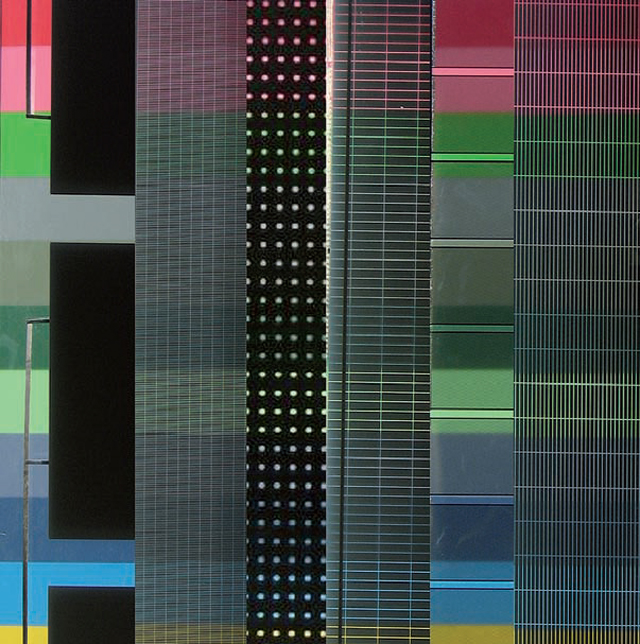
by Jakob Markvart, Danish Building Research Institute, Aalborg University, Denmark
The aim of this project was to demonstrate how the integrating transparent thin-film PV in glazed facades in building with large glass areas influences the users’ perception of the daylight in the room and the view to the outside. Panels with various patterns were constructed representing façade-integrated thin-film, both for collecting solar energy, to filter the daylight and reduce solar loads in the room. Four different dummy thin-film panels (see picture) were evaluated at the daylight laboratory facility at the Danish Building Research Institute. The upper and lower part of the glazed facade was covered with a transparent dummy thin-film panel, and the 19 test persons evaluated the daylight in the room and the view to the outside by answering questionnaires.
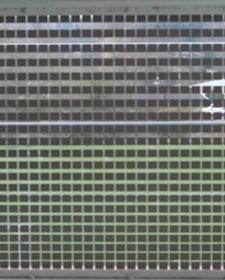 |
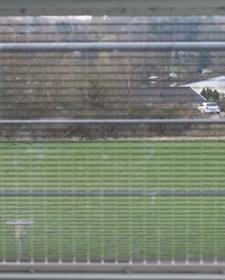 |
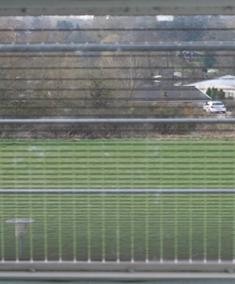 |
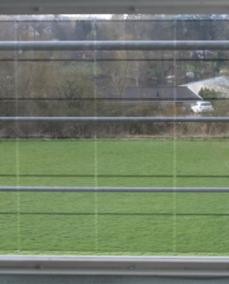 |
We found that if structures of the transparent PV panels cannot be very small, then patterns, where the horizontal line and an undisturbed view to the outside is somehow maintained, seems to be preferred. We conclude that the horizontal striped patterns tested in these tests were preferred over squared patterns. With this report we are one step closer towards making it attractive to integrate semi-transparent PV modules as light-filters in glass facades and finding ways on how to do this. The report can be downloaded at www.sbi.dk



